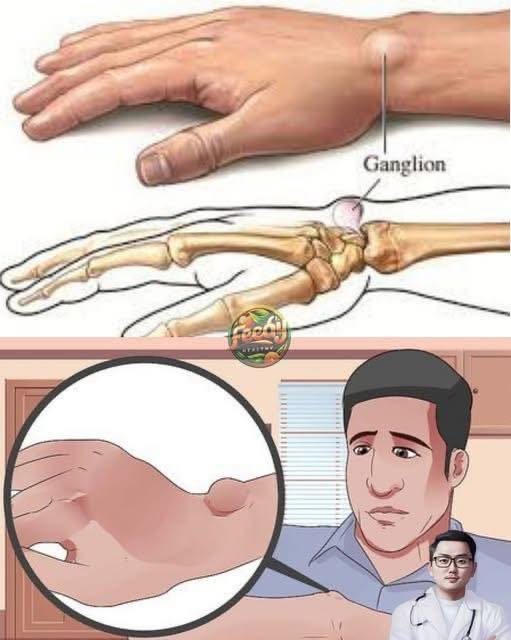Large, palm-like leaves (up to 3 feet wide)
Source of castor oil (extracted from seeds)
Used in folk medicine, poultices, and topical treatments
⚠️ Important: The seeds are extremely poisonous due to ricin, a potent toxin. Leaves also contain lower levels of toxins and alkaloids.
✅ Traditional Uses of Castor Leaves (Topical Only)
In traditional healing practices, castor leaves are rarely eaten — they are most commonly used externally in the form of:
Warm poultices
Leaf wraps
Infused oils or compresses
1. Soothing Skin Irritations
Applied to rashes, insect bites, or minor burns
Believed to have anti-inflammatory and antimicrobial properties
🔬 Lab studies show castor leaf extract may inhibit certain bacteria — but human trials are lacking.
2. Relieving Joint and Muscle Pain
Warm castor leaf wraps used for arthritis, back pain, or swelling
Heat and plant compounds may improve circulation and comfort
✅ Often used alongside other herbs in traditional massage oils.
3. Supporting Wound Healing
Used in poultices for minor cuts or sores
May help keep the area clean and reduce swelling
⚠️ Not a substitute for proper wound care — risk of infection exists.
4. Reducing Swelling and Inflammation
Applied to swollen joints or sprains
Thought to draw out fluid and reduce discomfort
🌡️ The warmth of the leaf compress may be as helpful as the plant itself.
⚠️ Important Precautions and Risks
While topical use is common in traditional medicine, castor leaves are not risk-free.
1. Toxicity Risk
Ricin is present in all parts of the plant, especially seeds — but also in leaves and stems
Ricin is not destroyed by drying or heating
Ingesting any part of the plant can be deadly — even a single seed can kill a child
❌ Never consume castor leaves, tea, or homemade extracts.
